I am using a P3P algorithm to compute the rotation and translation of a camera given pre-mapped 3D points, and their corresponding projections on the 2D plane (PNP problem). The algorithm I am using is the one described in a CVPR 2017 paper, with implementations in both OpenCV and OpenMVG (I am using the latter). Naturally, the algorithm works inside a RANSAC framework.
Strangely, I am noticing a precise 'drift' in the position computed, that changes with the rotation angles. I.e.: If I hold the camera's position constant and just rotate it, according to the OpenCV coordinate convention, changes in pitch cause the position to drift in the Y direction, and changes in yaw cause the position to drift in the X direction (I have not tested roll yet.) When I tried to fit a curve to this dataset of pitch vs Y and yaw vs X values, I noticed a pretty constant variation. After removing scale factors and converting the angles into radians, this is the profile I see:
X ~= -4.0 * yaw_angle
Y ~= 4.0 * pitch_angle
(Translation units in meters with a scale factor of 1.0, rotation angles in radians)
Is this some sort of a commonly known transformation I am failing to account for? It's linear, so I am assuming it cannot be dependent on the rotation angle. I have skimmed through the paper and some relevant resources but I am unable to figure out the cause of this relationship.

